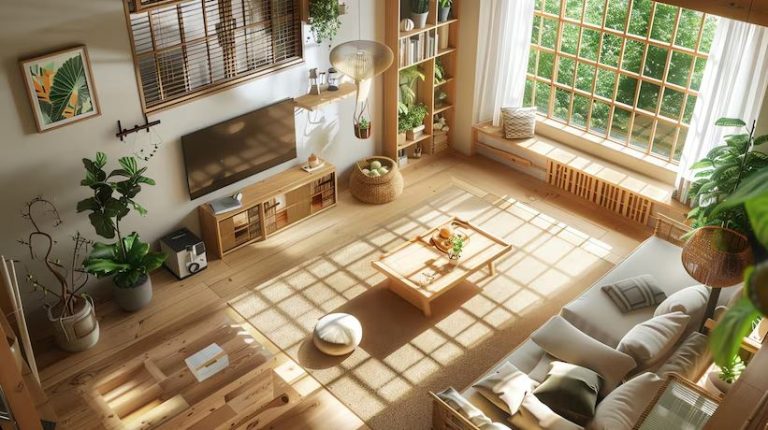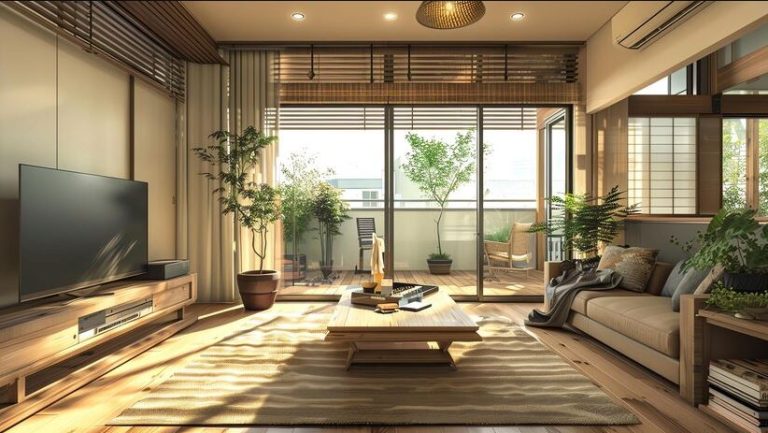As global awareness of environmental issues grows, the real estate market in Sydney is seeing a significant shift towards sustainable living. Eco-friendly homes are no longer a niche market but a mainstream demand. Homebuyers and investors are increasingly prioritizing properties that offer sustainable features, driven by the benefits of reduced environmental impact, lower utility costs, and healthier living environments. In this article, we explore the rise of eco-friendly homes in Sydney and what it means for the future of the real estate market.
The Driving Forces Behind Sustainable Living
Environmental Awareness
The growing awareness of climate change and its impacts is a major driver for the rise of eco-friendly homes. Homeowners and buyers are becoming more conscious of their carbon footprint and are seeking ways to reduce it. Sustainable living practices, including energy-efficient homes, renewable energy sources, and eco-friendly building materials, are becoming essential components of modern living.
Government Policies and Incentives
Government policies and incentives are also playing a crucial role in promoting sustainable living. The Australian government has introduced various initiatives to encourage the adoption of sustainable practices. These include grants for installing solar panels, rebates for energy-efficient appliances, and stricter building codes that require new homes to meet higher sustainability standards.
Economic Benefits
The economic benefits of sustainable living are significant. Eco-friendly homes typically have lower utility bills due to energy-efficient designs and renewable energy sources. Over time, the savings on energy costs can offset the initial investment in sustainable features. Additionally, sustainable homes often have higher resale values, making them attractive to investors.
Key Features of Eco-Friendly Homes
Energy Efficiency
Energy efficiency is a cornerstone of eco-friendly homes. This includes the use of energy-efficient appliances, LED lighting, and high-performance insulation. Double-glazed windows and smart thermostats also contribute to reducing energy consumption. Homes designed with energy efficiency in mind not only lower utility bills but also reduce greenhouse gas emissions.
Renewable Energy Sources
The adoption of renewable energy sources, particularly solar power, is a prominent feature of eco-friendly homes. Solar panels are becoming a common sight on rooftops across Sydney. Advances in technology and government incentives have made solar power more affordable and accessible. In addition to solar panels, some homes incorporate solar water heaters and even small-scale wind turbines.
Sustainable Building Materials
The choice of building materials significantly impacts the sustainability of a home. Eco-friendly homes utilize materials that are renewable, recyclable, and have a low environmental impact. Examples include bamboo flooring, reclaimed wood, and recycled steel. Additionally, non-toxic paints and finishes improve indoor air quality and reduce health risks.
Water Conservation
Water conservation is another critical aspect of sustainable living. Eco-friendly homes often feature rainwater harvesting systems, low-flow faucets and showerheads, and dual-flush toilets. These measures help reduce water consumption and promote efficient use of this precious resource.
Green Spaces and Landscaping
Incorporating green spaces and sustainable landscaping practices enhances the eco-friendliness of a property. Native plants, xeriscaping (landscaping that reduces or eliminates the need for irrigation), and green roofs are popular choices. These not only improve aesthetics but also support local biodiversity and reduce the urban heat island effect.
The Impact on the Real Estate Market
Increased Demand and Higher Property Values
The demand for eco-friendly homes in Sydney is on the rise, driven by environmental awareness and the benefits of sustainable living. This increased demand is reflected in higher property values for homes with sustainable features. Buyers are willing to pay a premium for properties that offer energy efficiency, lower utility bills, and a reduced environmental impact.
New Developments and Retrofits
In response to the growing demand, developers are increasingly incorporating sustainable features into new residential projects. Many new developments in Sydney are designed with sustainability in mind, from energy-efficient apartments to entire eco-friendly communities. Additionally, existing homes are being retrofitted with sustainable features to meet market demand and improve property values.
Challenges and Opportunities
While the rise of eco-friendly homes presents numerous opportunities, it also comes with challenges. The initial cost of incorporating sustainable features can be a barrier for some homeowners and developers. However, government incentives and the long-term economic benefits often outweigh these initial expenses.
There is also a growing need for education and awareness. Homebuyers, real estate agents, and developers must understand the benefits and practicalities of sustainable living. This knowledge is crucial for making informed decisions and promoting the adoption of eco-friendly homes.
Case Studies: Leading Examples of Sustainable Living in Sydney
The Prince Henry Community at Little Bay
The Prince Henry Community at Little Bay is a shining example of sustainable development in Sydney. This award-winning project incorporates a range of eco-friendly features, including energy-efficient designs, water-saving measures, and extensive green spaces. The community is designed to promote a healthy, sustainable lifestyle for its residents.
Barangaroo South
Barangaroo South is one of Sydney’s most ambitious urban renewal projects, with a strong focus on sustainability. The development includes a mix of residential, commercial, and public spaces, all designed with the highest sustainability standards. Barangaroo South features green roofs, solar panels, and a precinct-wide water recycling system, making it a model for sustainable urban living.
Eco-Friendly Homes in the Northern Beaches
The Northern Beaches area is home to several leading examples of sustainable homes. Many properties in this region incorporate solar power, rainwater harvesting, and sustainable building materials. The area’s natural beauty and commitment to environmental conservation make it an ideal location for eco-friendly living.
The Future of Sustainable Living in Sydney
The rise of eco-friendly homes in Sydney is set to continue, driven by environmental awareness, government support, and the economic benefits of sustainable living. As more people embrace the principles of sustainability, the real estate market will continue to evolve, offering more options for eco-friendly living.
Innovations and Trends
Several innovations and trends are shaping the future of sustainable living in Sydney. These include the development of smart home technologies that optimize energy use, the adoption of passive house designs that minimize energy consumption, and the integration of community-based renewable energy projects.
Community Engagement and Collaboration
Community engagement and collaboration are crucial for promoting sustainable living. Local councils, developers, and residents must work together to create sustainable communities. Public awareness campaigns, community events, and educational programs can help foster a culture of sustainability and encourage the adoption of eco-friendly practices.
Conclusion
The rise of eco-friendly homes in Sydney reflects a broader shift towards sustainable living. As environmental awareness grows and the benefits of sustainable living become more apparent, the demand for eco-friendly properties is set to increase. By embracing sustainable practices, homeowners and developers can contribute to a healthier environment, reduce living costs, and enhance property values. The future of the Sydney real estate market lies in sustainability, and the journey towards eco-friendly living is one that promises numerous benefits for individuals, communities, and the planet.






